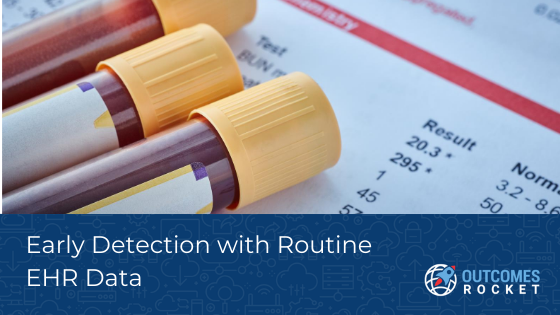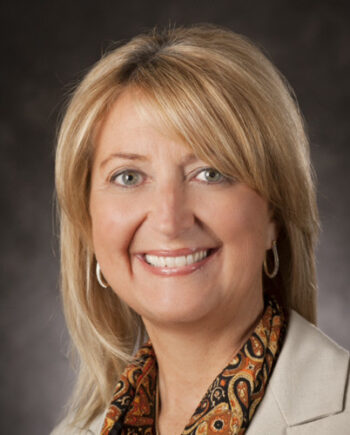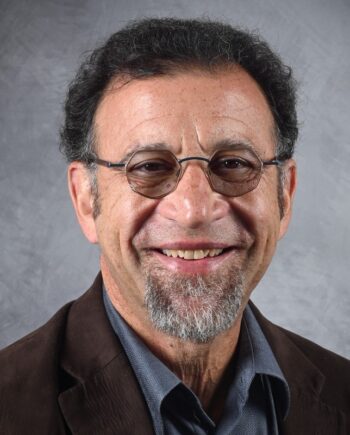
About half of the US’s healthcare spending goes to the top 5% of the population with the highest spending — the high-risk patients. These high-cost patients are the sickest, consistently going in and out of hospitalizations, for multiple chronic conditions.
To improve clinical outcomes and reduce cost, it is necessary to understand the needs of these patients and how we can better care for them.
Fortunately, we are now at the stage where we can leverage technology like predictive analysis to collect and analyze data which will provide a clearer understanding of which patients are at risk for readmission or in need of better chronic disease management.
If a hospital system is equipped with the right technology or a support system that can analyze all the diabetic patients’ records and identify the ones at higher risk for acute care, providers can reduce health risks, save costs, improve patient satisfaction, and increase efficiency.
One company leveraging AI and machine learning to help detect diseases is Medial EarlySign, an AI algorithmic platform that can handle large-scale medical data.
Headed by a highly experienced healthcare professional, Dr. Jeremy Orr, EarlySign is providing exceptional value to healthcare, especially to health professionals and patients by alerting those who are at possible high risks so they can prepare and mitigate the disease as early as possible.
Dr. Orr, EarlySign’s CEO, explained how his company benefits especially those in the high-risk section.
“Some of our initial work has been on advancing early detection in diseases where early detection intervention makes a big difference. So we’ve operated in the space of cancer screening, in chronic disease, the progression of chronic disease, understanding complications. And then more recently, we’ve done work in COVID as well as influenza. This particular group of patients is at very high risk for having cancer or a complication of diabetes so we need to take care of them first.”
“A lot of our initial stuff in cancer screening, chronic disease was next-generation risk stratification. Where we’re trying to go is trying to move into more prescriptive types of analytics. This is a much more challenging problem, but potentially a much more impactful approach where the machine, if you will, can survey the sum of all the clinical data for a particular physician, a group of physicians, and advise not just on who’s the highest risk but what’s the next best action or intervention to take for individual patients. This will really lead to the true augmentation of care.”
Jeremy added, “We want to do everything possible to bring not just the highest risk patients, but the best advice in front of the physician at the right point, place and time and care so they can act on it.”
EarlySign’s technology and machine learning capability allow them to extract and read data taken from a routine medical test, therefore helping physicians have all the information needed to give the best advice to their patients.
But more impressive is the fact that the company’s algorithms don’t need much. For some algorithms, just a blood test along with age and gender are needed to create a risk profile for a disease, like cancer.
Jeremy explained that the company operates on the premise that routine data is not fully utilized. He explains that the current tests which doctors take will be submitted to machines, and machines look at test results differently than people do.
The AI machine is trained on millions of patients’ data, making it easier to identify non-intuitive patterns. When results come out, doctors can easily flag patients by looking at their lab results.
By leveraging the technology of machine learning applied to clinical settings, Medial Early Sign helps detect and prevent high-risk diseases early. Through these AI algorithms, physicians can maximize efforts to accelerate the identification of patients in need of early intervention.
Find out how Medial Early Sign can help your company optimize patient care, boost patient satisfaction, and reduce the number of patients at risk of high burden disease. Listen to my interview with Dr. Orr here: https://outcomesrocket.health/medial-earlysign/2020/08/
According to the 2020 Centers for Disease Control and Prevention report, roughly 34.2 million Americans have diabetes,...
Read MoreAs a farmer, Rod was used to long days. He worked 18 hours a day, 7 days...
Read MoreWith investors receiving hundreds of pitch decks every year, how do you create a compelling presentation that...
Read More
Brittany Busse Co-Founder, President, and Chief Medical Officer at
ViTelHealth


Stephen Thorne Founder and CEO at
Pacific Dental Services

Keith Carlson Nurse Career Coach